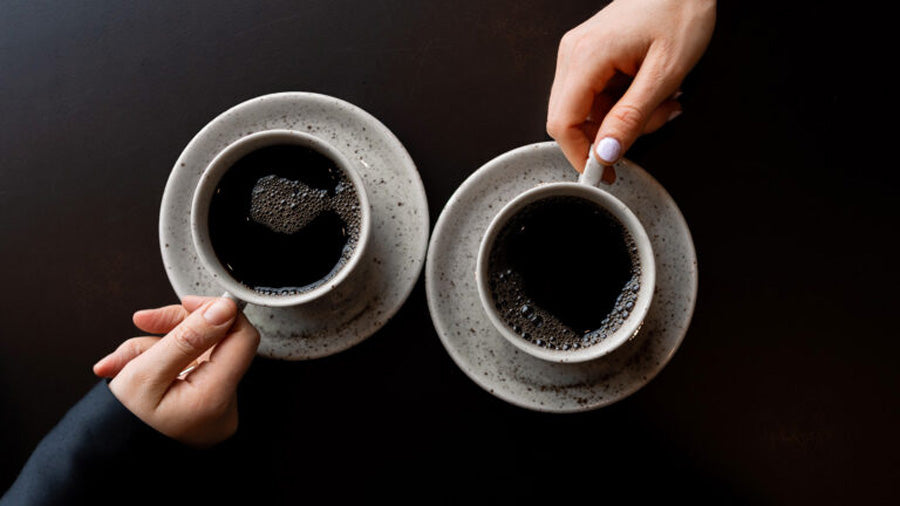

The Swedish Ritual You Need in Your Life
If you've ever met a Swede, visited Sweden, or even scrolled through Scandinavian lifestyle content, you've probably come across the term "fika." It’s often described as a coffee break, but that’s like saying a holiday feast is just dinner. Fika is a cultural institution, a daily ritual, and—if you ask any Swede—a non-negotiable part of life.
So, what exactly is fika? Why is it so sacred in Sweden? And more importantly, how can you bring this delightful tradition into your own life? Pour yourself a coffee, grab a cinnamon bun, and let’s dive in.
What is Fika
At its core, fika (pronounced "fee-kah") is the simple act of pausing your day to enjoy a coffee and something sweet—ideally with company. But it’s more than just a snack break. Fika is about slowing down, being present, and connecting with others in a way that feels effortless and natural.
Unlike the American grab-and-go coffee culture, fika is meant to be savored. You sit, you sip, you chat. Whether it's a spontaneous catch-up with a friend, a structured office break, or a moment of solitude with a good book, fika is a reminder that life isn’t just about productivity—it’s about enjoying the small moments, too.



